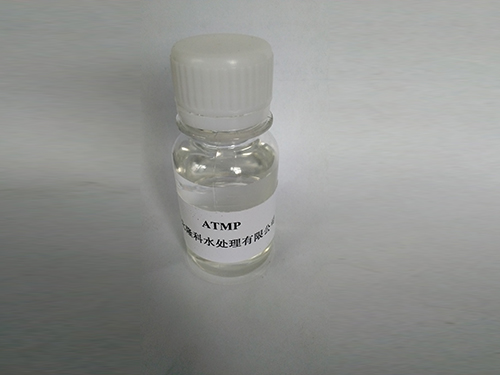Understanding the Uses and Benefits of Poly Aluminum Chloride in Water Treatment
Understanding Poly Aluminum Chloride (PAC) Properties, Applications, and Benefits
Poly Aluminum Chloride (PAC) is an inorganic polymer coagulant commonly used in water treatment processes. As a crucial component in both municipal and industrial applications, PAC effectively enhances the quality of water, making it a vital substance in various sectors. This article delves into the properties, applications, and benefits of PAC, shedding light on why it has gained widespread usage.
Properties of Poly Aluminum Chloride
PAC is characterized by its high charge density, which results from the combination of aluminum ions and hydroxyl ions in its structure. This unique composition facilitates the coagulation process, where tiny particles in water bind together to form larger aggregates that can be easily removed. PAC is soluble in water and is typically available in various forms, including liquid and powder. The pH levels of PAC solutions can vary but are generally around 3.5 to 5.0, making it a versatile choice for different working conditions.
One of the significant advantages of PAC over traditional coagulants, such as aluminum sulfate (alum), is its ability to perform effectively over a wider pH range. This flexibility allows for optimal performance under varying water conditions, making PAC a more robust option in the treatment of turbid or contaminated water.
Applications of PAC
The primary application of PAC is in the treatment of drinking water, wastewater, and industrial effluents. In drinking water treatment, PAC is employed to remove sediment, turbidity, and organic materials, thus improving overall water quality and safety. Its high efficiency in coagulating particles leads to clearer water and reduced chlorine demand, which is beneficial in water disinfection processes.
In wastewater treatment, PAC plays an essential role in removing suspended solids, phosphates, and heavy metals. Its use in this context not only aids in meeting environmental regulations but also enhances sludge dewatering processes, leading to improved waste management practices.
PAC is also extensively used in various industrial processes, including the paper and pulp industry, textile manufacturing, and oil drilling. In these applications, PAC is utilized to clarify and improve the quality of process water, contributing to more efficient production methods and reduced environmental impact.
Benefits of Using PAC
poly aluminum chloride pac

The adoption of PAC in water treatment processes offers several benefits that make it a preferred choice among water treatment facilities and industries.
1. Improved Coagulation Performance PAC exhibits superior coagulation properties due to its high charge density and polymeric nature. This results in more effective removal of fine particles and organic matter compared to traditional coagulants.
2. Lower Dosage Requirements PAC generally requires a lower dosage than alum to achieve the same treatment objectives. This not only reduces operational costs but also minimizes the generation of sludge, simplifying waste management.
3. Broader pH Compatibility The effectiveness of PAC over a wide pH range allows for flexible application in various water conditions, making it suitable for diverse treatment scenarios.
4. Reduced Chemical Residues PAC produces less residual aluminum in treated water, which is critical for maintaining water quality and safety, especially in drinking water applications.
5. Environmental Benefits The use of PAC can lead to enhanced wastewater treatment outcomes, supporting compliance with environmental regulations and contributing to sustainable practices.
6. Cost-Effectiveness Due to its efficiency and lower dosage requirements, PAC offers economic advantages that can lead to overall cost savings in water treatment operations.
Conclusion
Poly Aluminum Chloride has established itself as a fundamental player in water treatment processes across various sectors. Its unique properties, coupled with a wide range of applications and numerous benefits, make it an invaluable asset in enhancing water quality. As global water scarcity and quality issues continue to grow, the demand for effective and efficient treatment solutions like PAC is likely to increase, underscoring the importance of continued innovation in this field. Understanding and utilizing PAC effectively can lead to significant improvements in both public health and environmental sustainability.
-
Pbtc Scale InhibitorPBTC: A Scale Protector for Industrial Water TreatmentNewsAug.05,2025
-
Organic Phosphonate: An Efficient Defender in the Field of Scale InhibitionNewsAug.05,2025
-
Hydrolyzed Polymaleic Anhydride: Green Pioneer in Scale Inhibition FieldNewsAug.05,2025
-
PAPEMP Polyamino Polyether Methylene Phosphonic Acid For SaleNewsAug.05,2025
-
Flocculant Water Treatment: A Pioneer in Purification in the Field of Water TreatmentNewsAug.05,2025
-
Benzyl Isothiazolinone: An Efficient and Broad-Spectrum Antibacterial Protective GuardNewsAug.05,2025





